When we think of modern wave riding, the image that comes to mind is of a surfer cutting the green face of a wave standing up.
But the truth is bodyboarding – or boogie boarding as Tom Morey labeled it in 1971 – is the closest interpretation of the ancient art of surfing.
Filmmaker Andy Burgess accompanied five-time European bodyboarding champ, Hugo Pinheiro, on a voyage to Hawaii, the birthplace of wave riding, to discover the origins and evolution of bodyboarding.
“The bodyboard changed my life completely and that of countless others,” says Hugo, sat on the sands of the North Shore of Oahu.
“That is why it is very important to know the origins of my sport.”
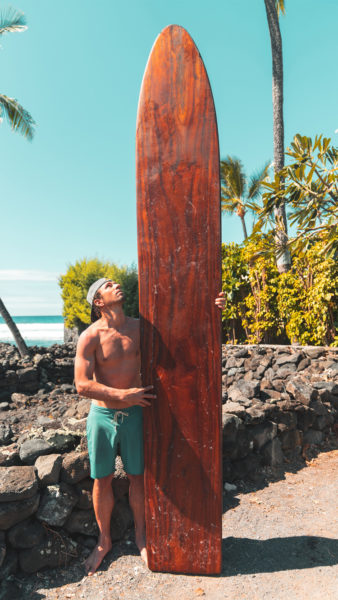
Along the way, Andy and Hugo meet bodyboard royalty, Mike Stewart and Kainoa McGee, to talk about the development of the boards, from the wooden paipo and alaia planks of Waikiki to the technically refined wave riding tools that bodyboarders now shred at Pipeline.
Here, on the North Shore of Oahu, and now the world over, performance shaping and technical materials have given riders the key to parts of big waves that previously had gone untapped.
Burgess and Pinheiro also paddle out with Hawaiian pro surfers CJ Kahuna and Cliff Kapono to test drive replicas of ancient Hawaiian surfboards, made from locally sourced mango and koa, and get a feel for how the ancient Melanesians and Polynesians rode waves.
If you’re looking for a dose of surf history to add to your wave riding addiction, there’s no better trip to take than this one with Pinheiro and Burgess to Hawaii.
But the question remains: surrounded by all these surf legends, will Burgess step off into the ocean and give bodyboarding a go?

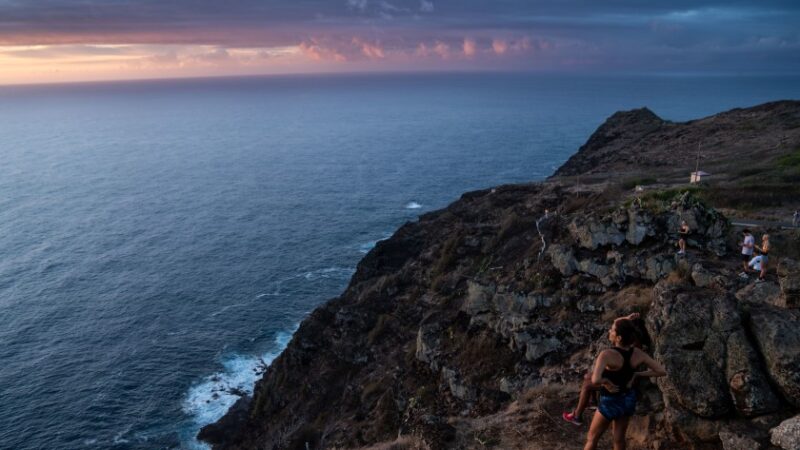
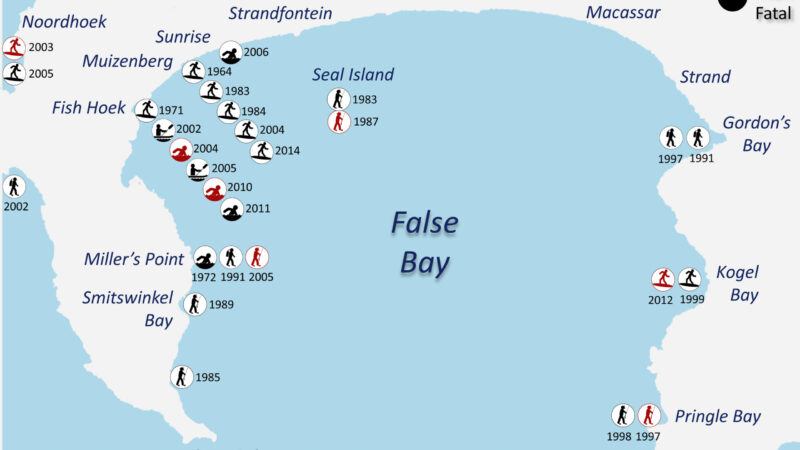
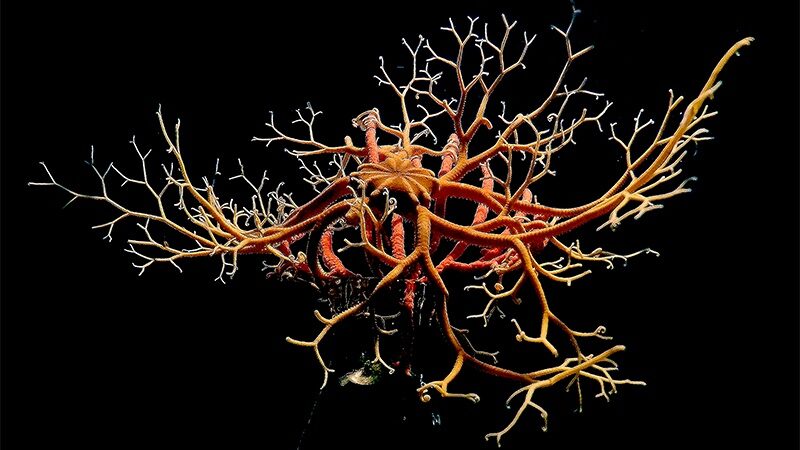
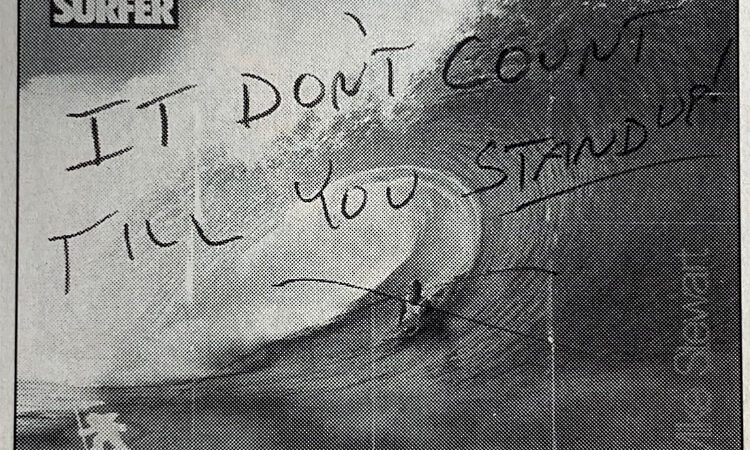
Recent Comments